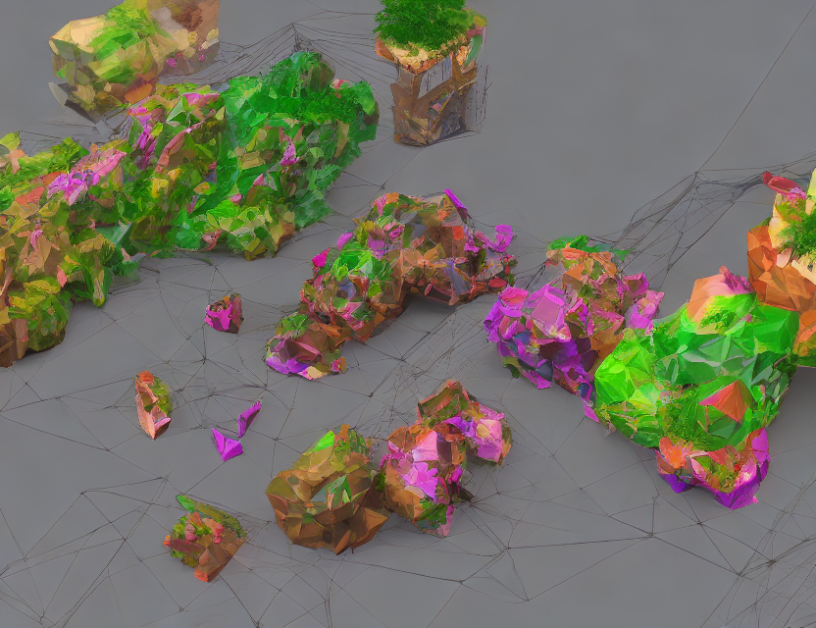In this paper, a group of researchers aimed to develop a novel approach for generating high-quality videos from textual descriptions using diffusion models. They introduced the concept of structure-aware content-guided video synthesis, which combines both the structural and content information of the input text to generate visually coherent videos.
To achieve this goal, the authors proposed a two-stage diffusion process, where the first stage generates a coarse video frame, and the second stage refines it based on the content information. This approach allows for more detailed and accurate video generation compared to traditional methods that rely solely on content information.
The authors also introduced a new training method called text-to-image diffusion, which uses a combination of image diffusion models and textual inversion techniques to train the model. This approach enables the generation of high-resolution images from textual descriptions with improved quality and coherence.
In addition, the researchers explored the use of time-sensitive transformers to enhance the temporal coherence of generated videos. They demonstrated that this approach can significantly improve the video quality by better capturing the dynamics and motion in the input text.
Overall, the paper presents a significant advancement in the field of text-to-video synthesis, demonstrating the potential of structure-aware content-guided video synthesis with diffusion models. The proposed method has numerous applications, including entertainment, education, and advertising, where high-quality videos can be generated from textual descriptions with minimal effort and cost.
In conclusion, this paper offers a groundbreaking solution for generating visually coherent and detailed videos from textual descriptions using diffusion models. By combining both structural and content information, the proposed method can generate videos that are more accurate and realistic than ever before. This innovative approach has the potential to revolutionize various industries and open up new possibilities for video generation.
Computer Science, Computer Vision and Pattern Recognition
Personalized Video Synthesis with Diffusion Models



